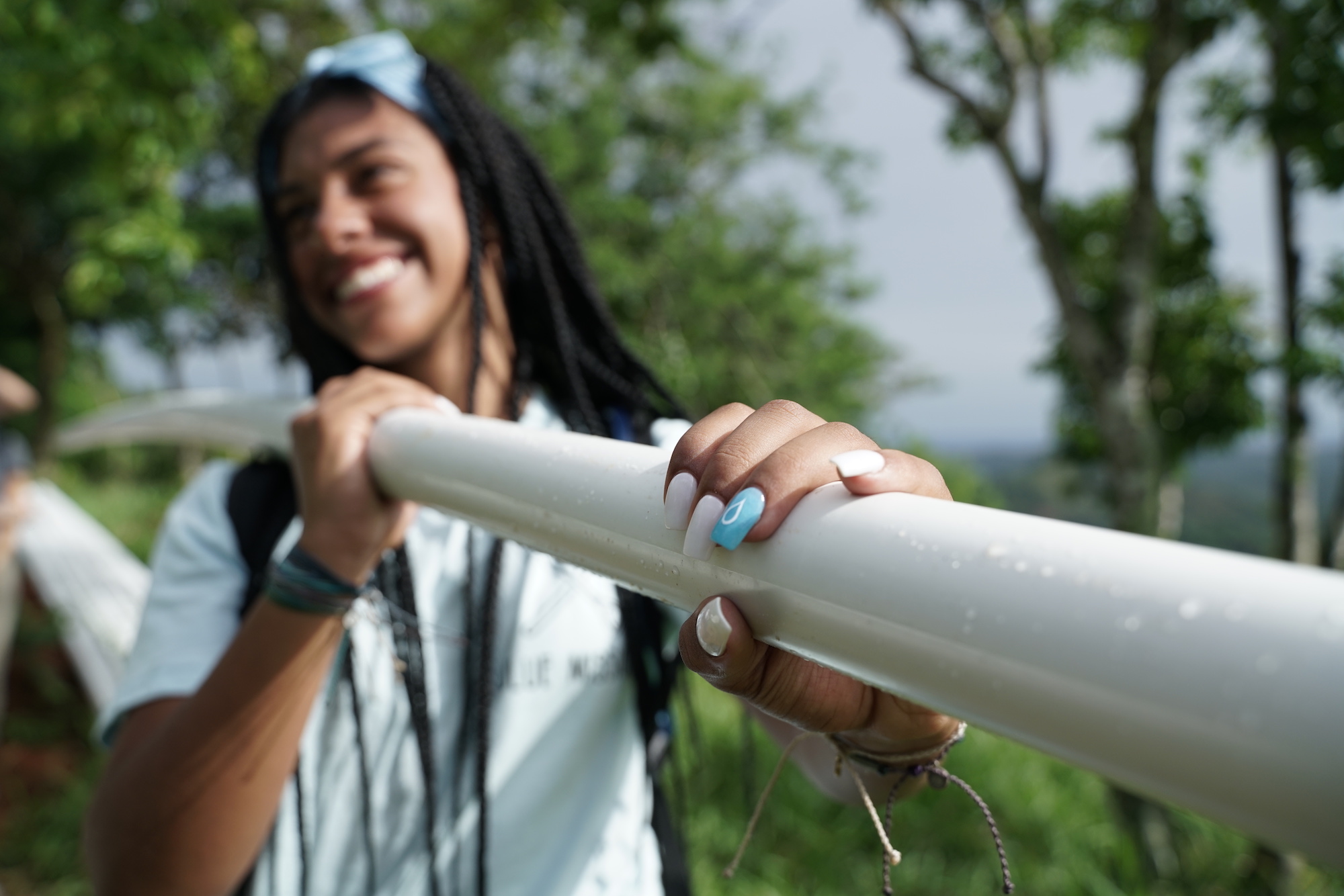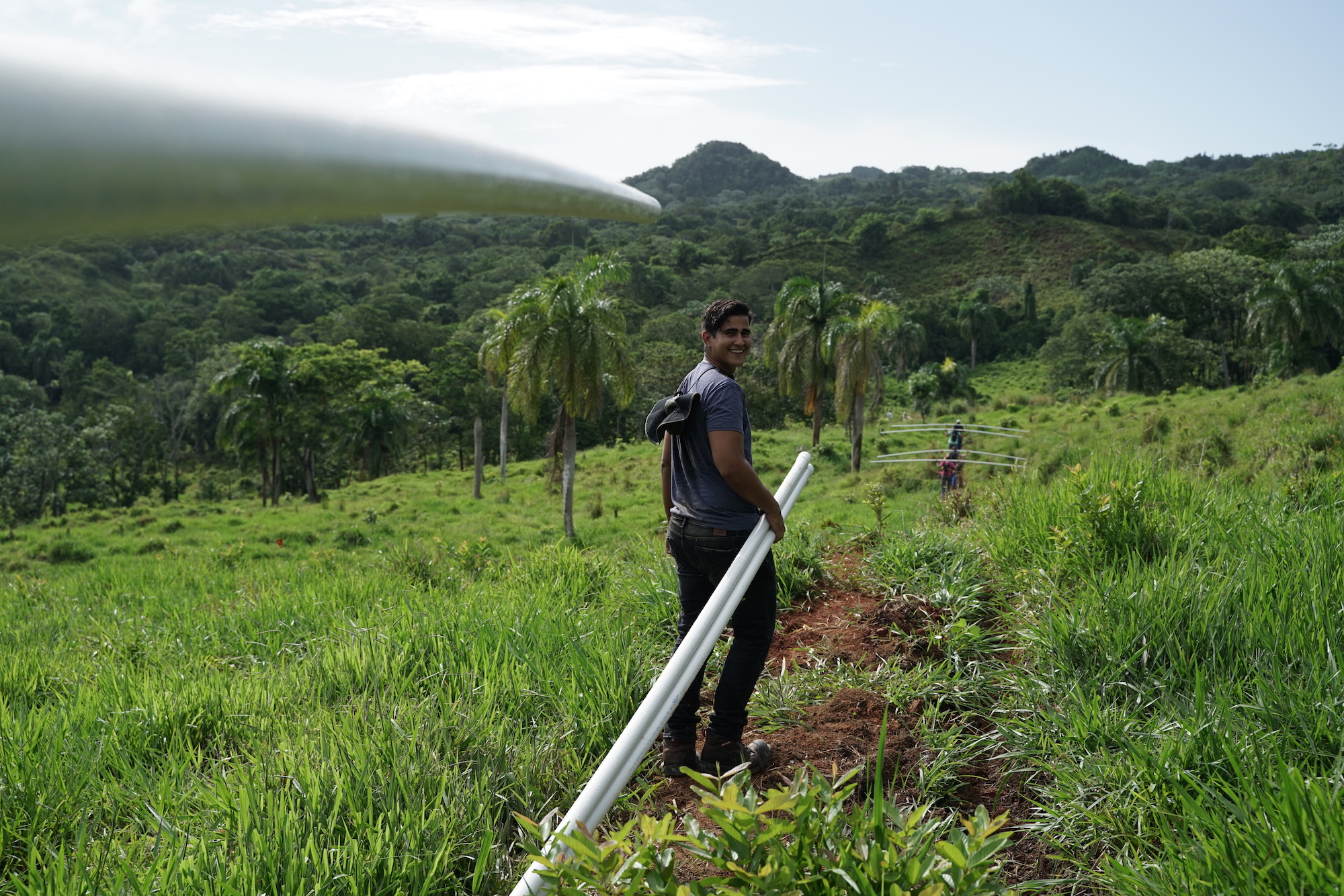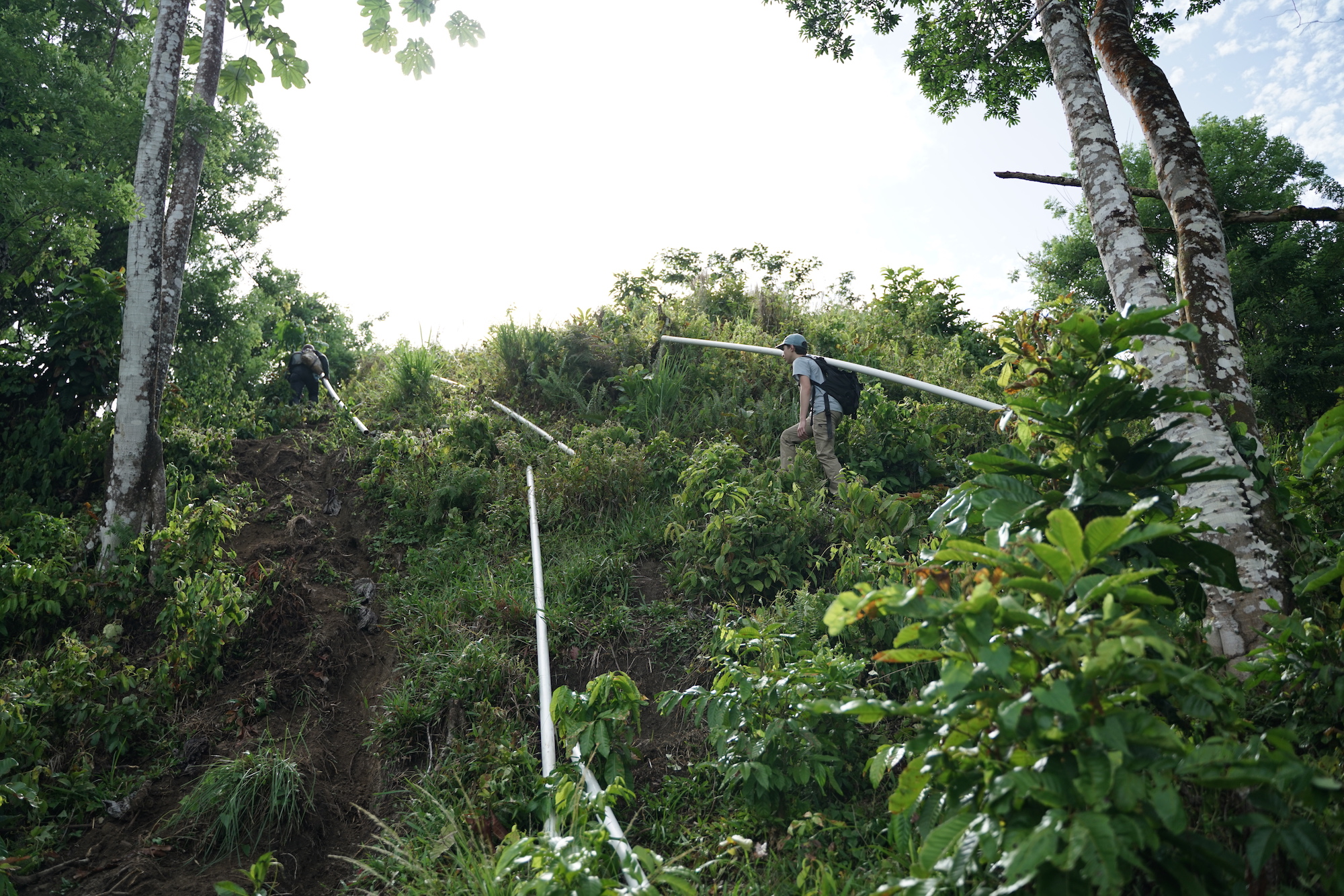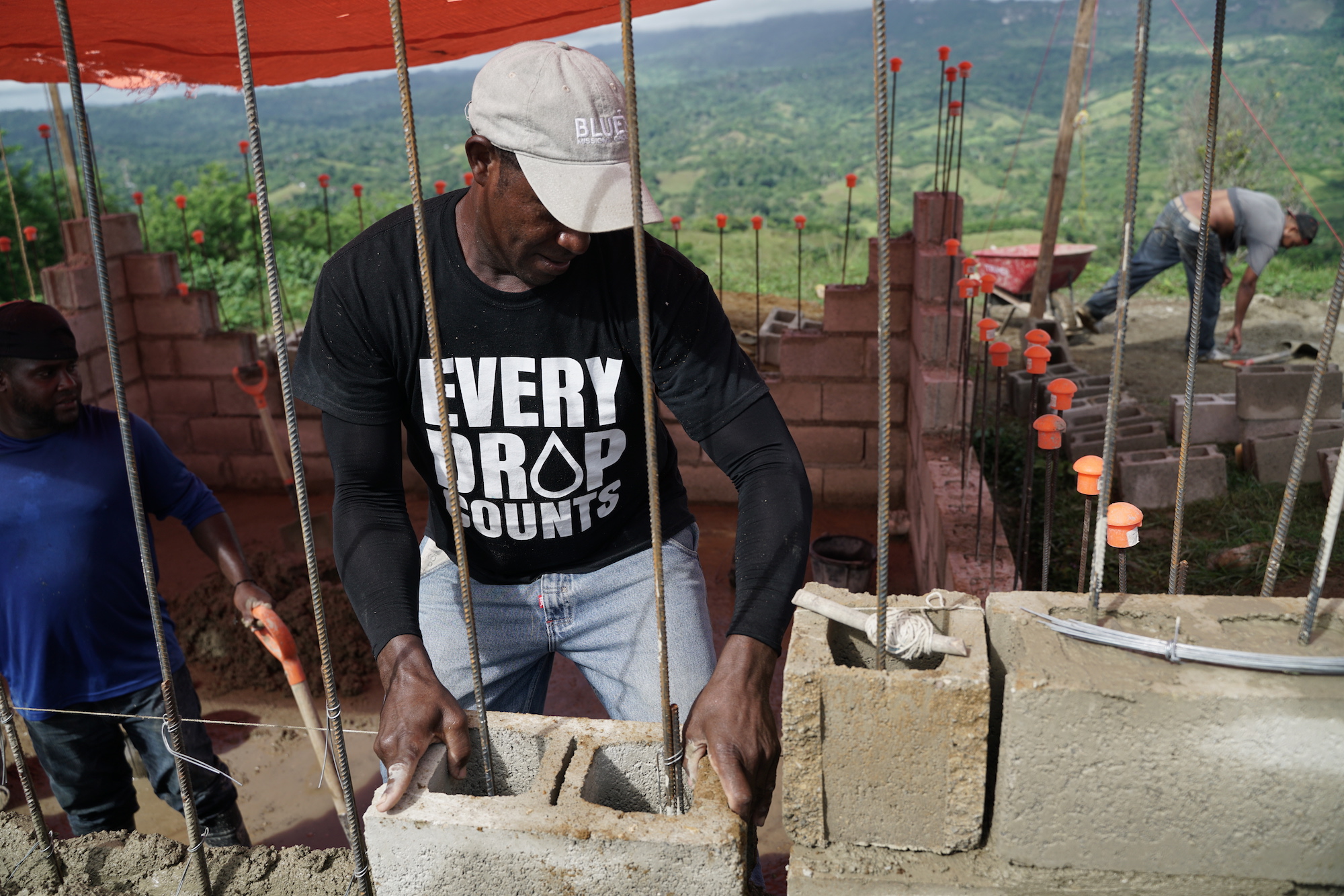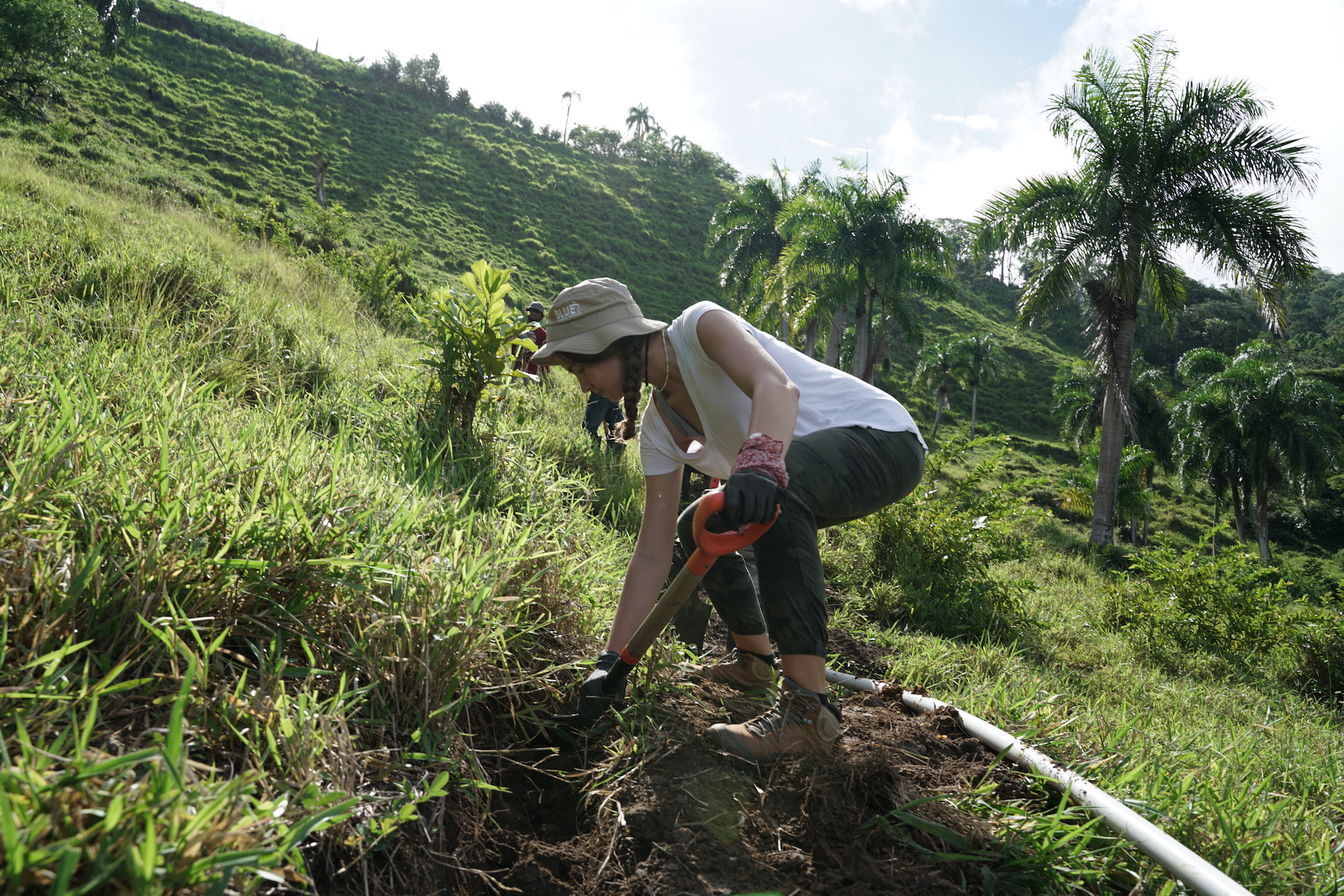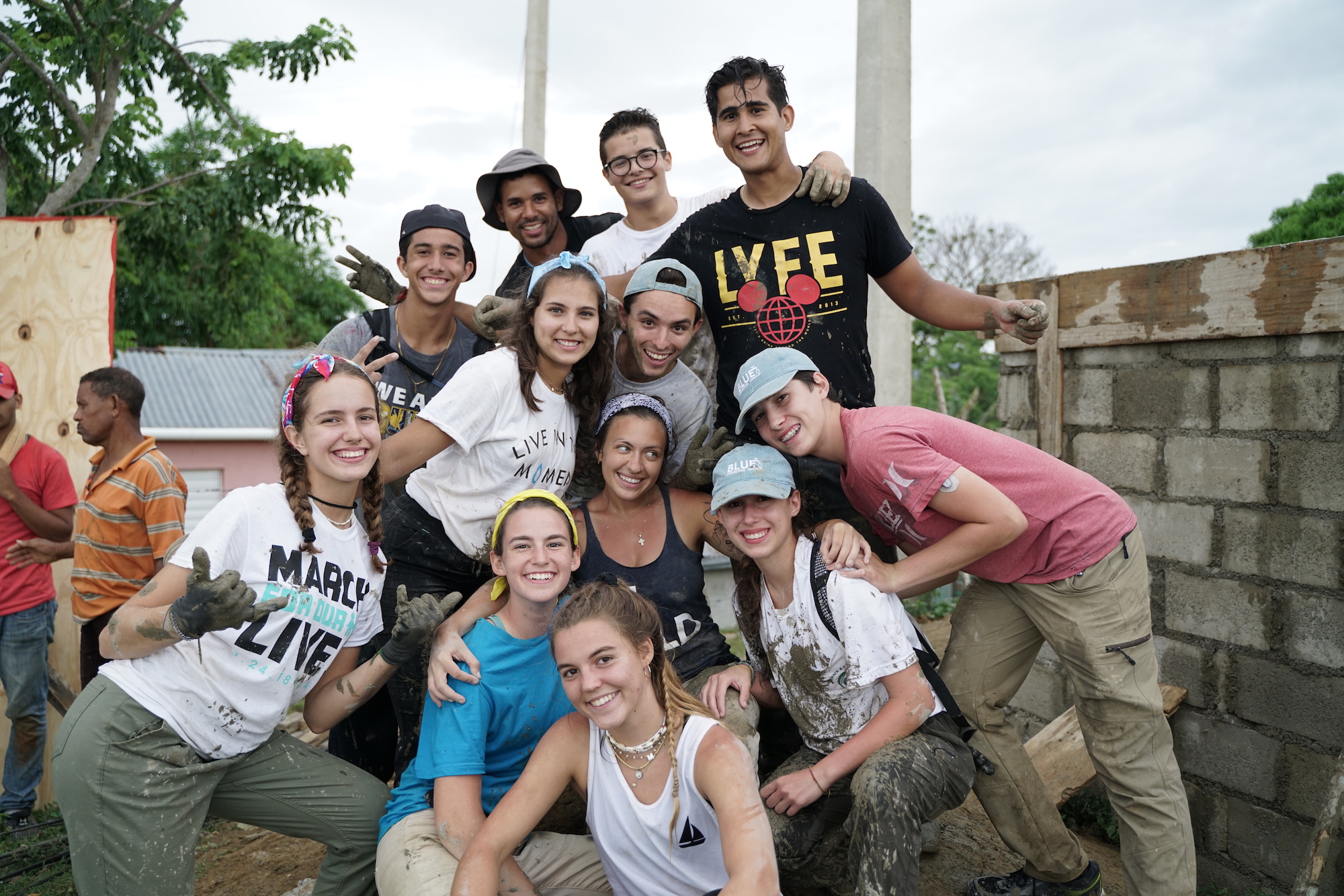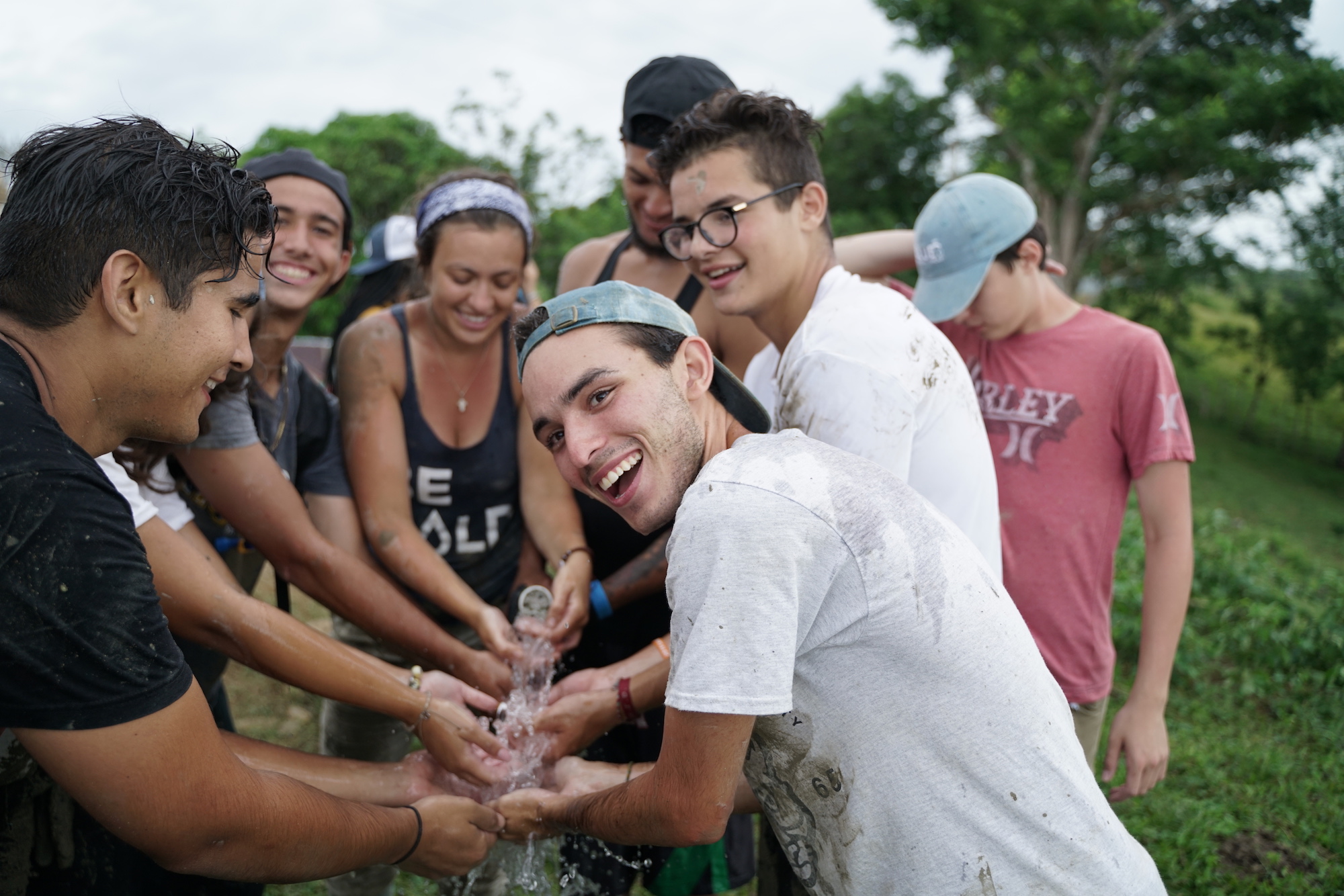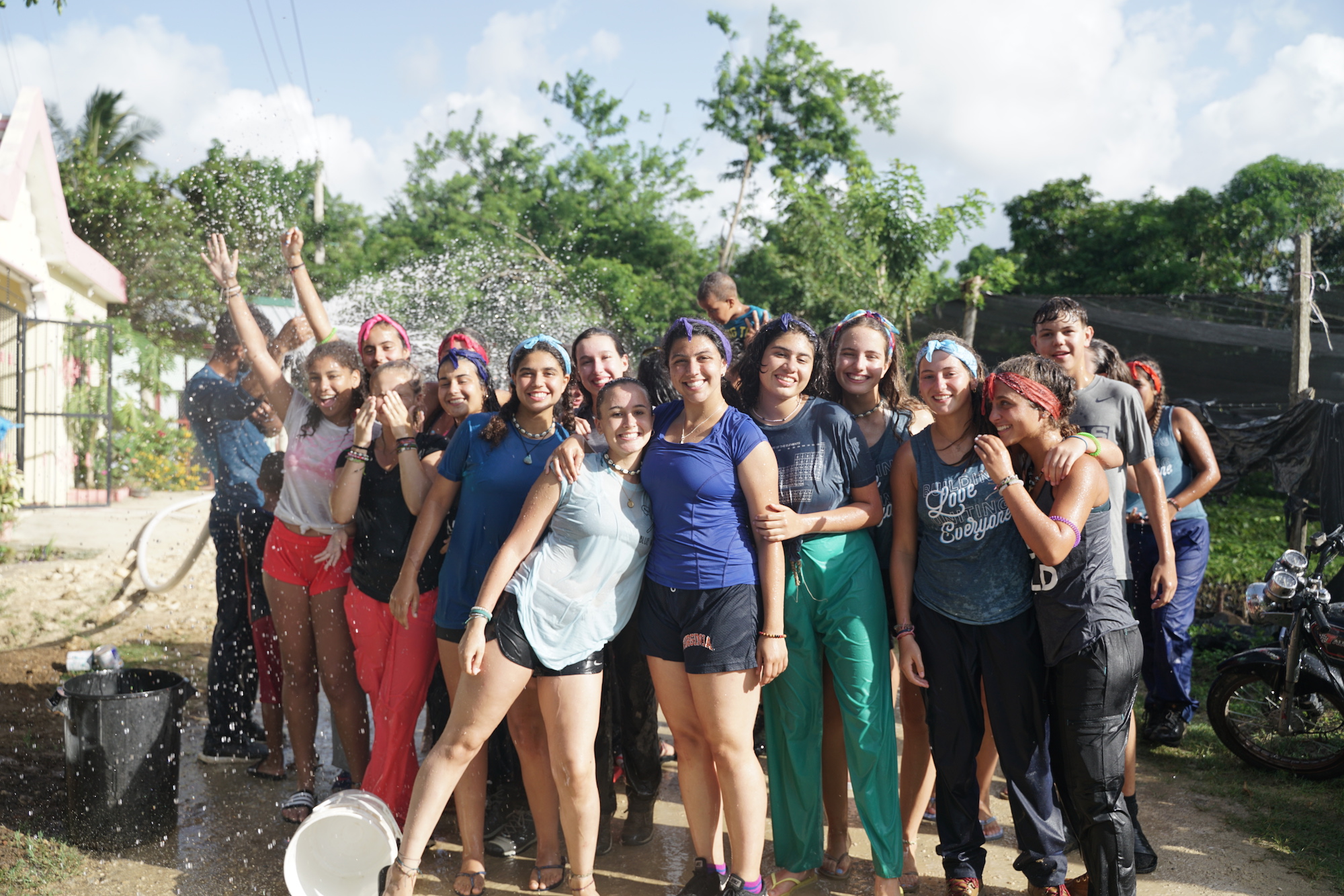Water Projects
Materials: Pipe, cement, faucets.
Water is the basic foundation of a community and without it, families struggle to meet their most basic needs. Many walk hours to collect it and often times the water they find is not safe to drink. By building gravity-driven aqueducts in rural communities we are taking a huge step in breaking the poverty trap while bringing empowerment, health, and opportunity to locals.
OUR AQUEDUCTS
To construct a gravity-driven aqueduct, our engineers first identify a clean water source at a higher elevation than the community that can support the population's water consumption needs even during the dry season. From there, gravity pushed clean water down a pipe system to every home in the community.
SUSTAINABILITY
Our projects aren't ours - they belong to the benefitting community, and are ultimately their lasting responsibility. To ensure that water is flowing long after construction of the project is complete, we invest in forming strong Water Committees in each community we work in. These local leaders are equipped with the skills to prepare for community-led construction of the projects, and maintain healthy water systems.
Tools: Pick & shovel
On a water project, volunteers hike through the mountains carrying and glueing pipe, digging trenches, and help to build a water holding tank. No prior construction experience is needed. You’ll learn all the necessary skills while on the job. See the project from start to finish and witness the moment water arrives to the community for the first time.
get your hands dirty:
Serve on a water project.
A GLOBAL CRISIS
663 MILLION PEOPLE LACK ACCESS TO CLEAN WATER
More people die a year from drinking dirty water than all forms of violence combined.
Access to clean water helps to break the poverty trap many rural families face.
Girls are more likely to be responsible for collecting water for their families, causing them to miss school.
Unsafe drinking water, inadequate availability of water for hygiene, and lack of access to sanitation together contribute to about 88% of deaths from diarrheal diseases

